The First Images from NASA’s James Webb Space Telescope are Jaw-Dropping
One of the best ways for NASA and its scientists to explore the universe is through telescopes. One issue, however, is that the massive instruments can take decades to design, engineer and build. The results they produce make the entire process worth it, and the images sent back to earth can be jaw-dropping.
This was recently the case with the new James Webb Space Telescope.
The Hubble Space Telescope has been a giant success
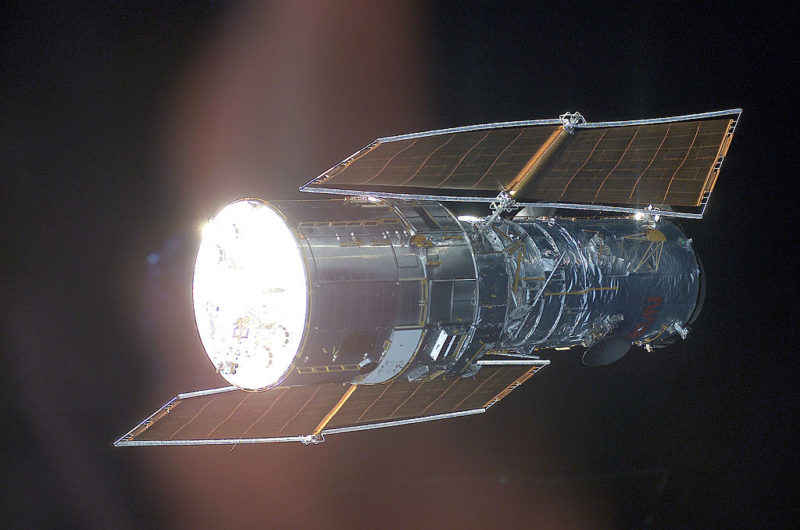
In April 1990, NASA launched the Hubble Space Telescope. Incredibly advanced for the time, Hubble is credited with a number of new discoveries, along with creating new questions. The space telescope helped scientists understand that there are many more black holes than ever imagined. Hubble also revealed that there’s a subsurface ocean on Ganymede, one of Jupiter‘s moons.
In April 2020, the Hubble Space Telescope celebrated its 30th anniversary in space, and while others have been created, it’s thought Hubble will continue its work until 2030 or 2040. This is because servicing missions have allowed for the replacement and upgrading of aging parts.
Additional space telescopes have always been in development
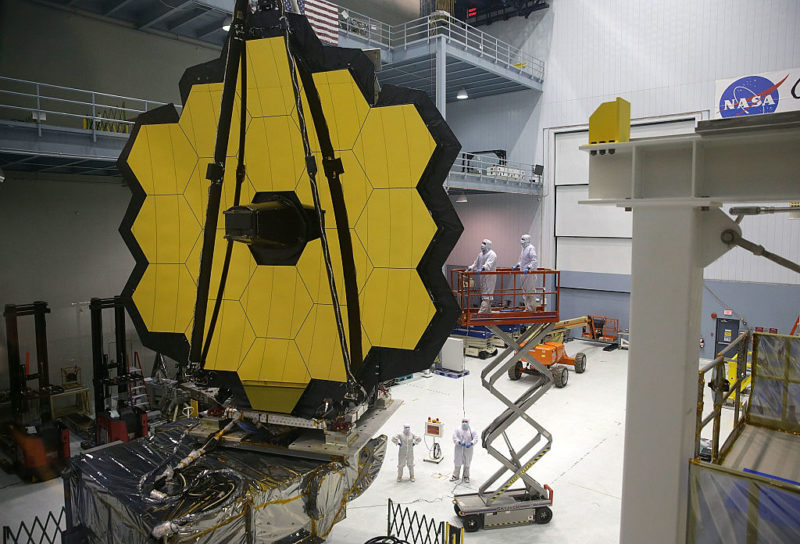
NASA didn’t quit with the Hubble Space Telescope. The agency started brainstorming a successor back in the late 1980s. One area of concern was fixing Hubble’s flawed optics.
In 1996, the Next Generation Space Telescope program began. The project was under study for a number of years, and it wasn’t until 2002 that NASA announced the next telescope would be named after the agency’s former administrator, James E. Webb.
James E. Webb
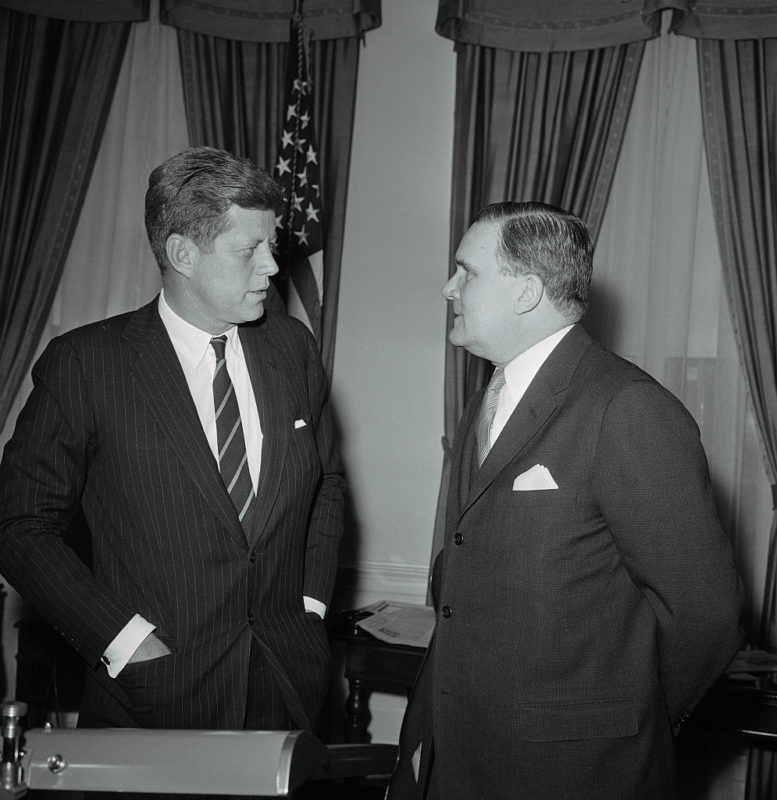
The Hubble Space Telescope was named in honor of renowned astronomer, Edwin Hubble. For its next project, NASA decided to recognize James E. Webb, the agency’s second-ever administrator, serving from 1961-68. He oversaw US President John F. Kennedy‘s goal to land a man on the moon, and was active in NASA throughout the Apollo, Gemini and Mercury programs.
Webb was close with JFK and Lyndon B. Johnson, and stepped down from his post when Richard Nixon was elected. In 1969, Johnson awarded him the Presidential Medal of Freedom. Webb passed away in 1992, at the age of 85.
In March 2021, controversy arose around Webb and the decision to name the new telescope after him. According to a commentary in Scientific American, Webb was complicit in the State Department’s purging of homosexual employees from the federal workforce during the Lavender Scare. This prompted a public outcry, with calls made to change the space telescope’s name.
Months later, NASA released a statement, saying there was “no evidence at this time that warrants changing the name.” Former administrator Sean O’Keefe, who recommended the telescope be named for Webb, added that to suggest he should “be held accountable for that activity when there’s no evidence to even hint [that he participated in it] is an injustice.”
The goals of the James Webb Space Telescope
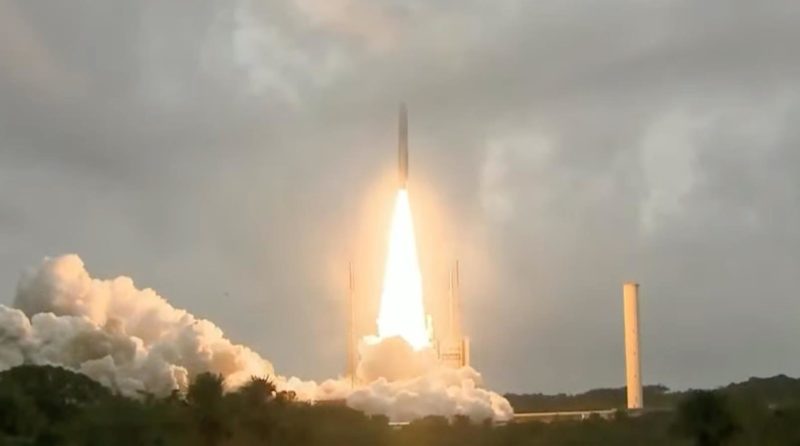
After decades of construction, planning and hiccups, the James Webb Scape Telescope was launched into space on December 25, 2021. Engineers were worried about sending the $10 billion instrument into the sky, but the launch went off without a hitch.
There are four main goals for the James Webb Space Telescope:
- Search for light from the first stars and galaxies that formed in the universe after the Big Bang.
- Study galaxy formation and evolution.
- Understand star and planet formation.
- Study planetary systems and the origins of life.
The photo drop
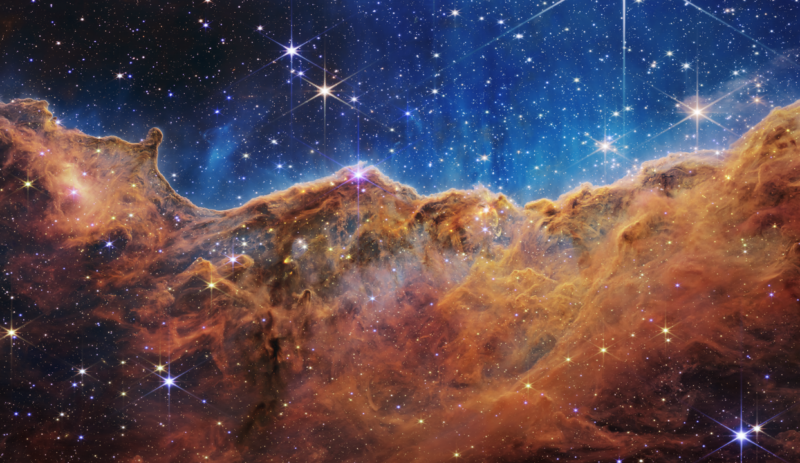
Recently, the James Webb Space Telescope has become one of the top trending topics on Twitter. The reason? The first images it took have been released by NASA – and they’re breathtaking!
More from us: US Tourist Falls Into Mount Vesuvius Crater – and Lives to Tell the Tale
NASA administrator Bill Nelson noted that the public can expect to see more. “We’re looking back more than 13 billion years,” he said. “Light travels at 186,000 miles per second, and that light that you are seeing from one of those little specks has been traveling for over 13 billion years. And by the way, we’re going back further. Because this is just the first image.
“We’re going back almost to the beginning.”





